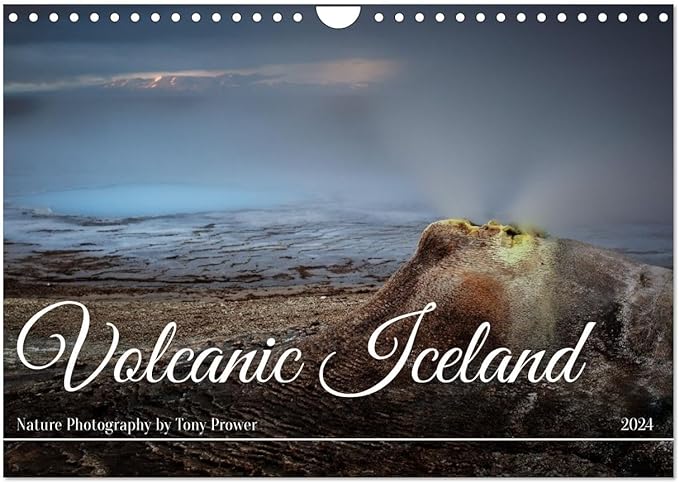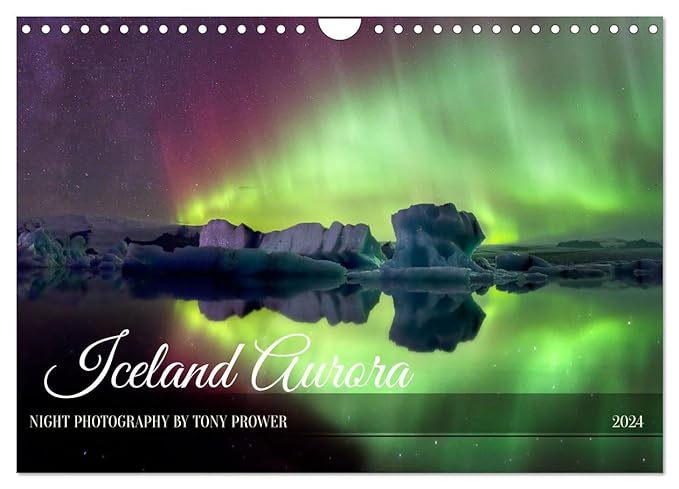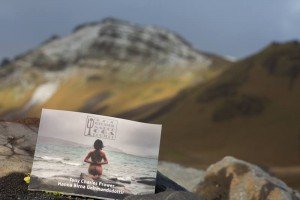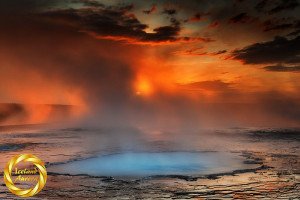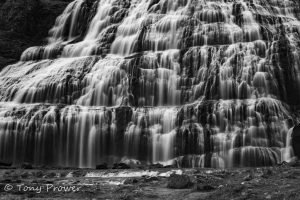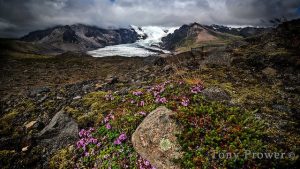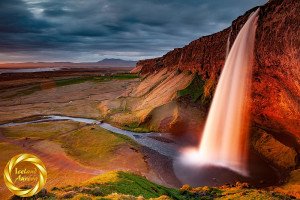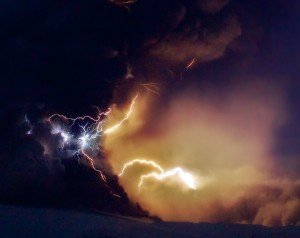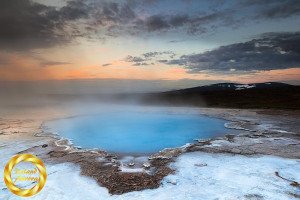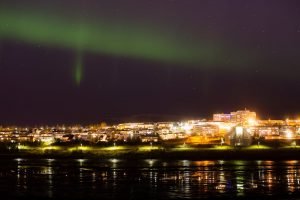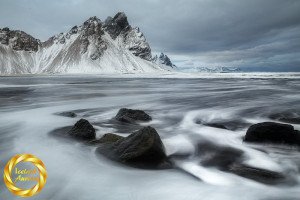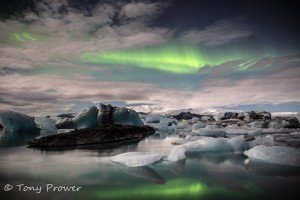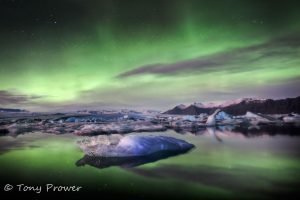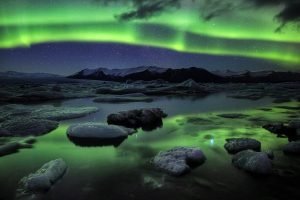When I started my website several years ago, amidst all the learning about HTML and style-sheets, learning how to tackle the issues of cross-browser compatibility, I was faced with another challenge – Website accessibility. I had to learn to make my photography website accessible to people with disabilities, people with visual impairments, blind visitors. In all honesty, I considered that blind visitors to my photography website would probably be here by accident, why should I invite them to stay longer? It didn’t make any sense. How wrong was I?
Blind photographers
Visual impairments come in many different guises. A person might have a limited visual field, they might not be able to focus, they might be colour blind. Some people are born with these impairments and some people find that it changes with age or stress. Very few of us will go through life with perfect vision, from cradle to grave, so a Visual Impairment will affect most of us at some point in our lives. Personally, I have been blessed with 20/20 vision. I can read small letters over a vast distance. But my colour vision is not as good as I believed. Some years ago I performed a colour vision test similar to this one.
Visual Impairment
My score was well below average, this doesn’t mean that I am colour blind, but I am certainly not equipped with the colour spectrum I thought I had. However interesting this is, I cannot consider myself to have a visual impairment because this small impairment does not impact on my daily life.
This article is more about photographers with a profound visual impairment, such that effects their day to day lives. I want to present a few ‘Blind photographers’ and discuss how photography helps them to see, but more importantly how they enable people with ‘Normal’ vision to see.
Pete Eckert
One of the more famous ‘Blind Photographers’ is Pete Eckert who was born sighted but lost 100% of his vision in adult life. He describes going blind as devastating. He has zero vision with just a few pseudo flashes of light and colour in his visual field. He became a photographer after he went blind. He describes his portrait session as a kind of event for him, using other cues such as sound to ‘see’, Pete approaches his subject and paints them with light. This represents the way he ‘sees’ in a 360° way. In this sense of seeing, he describes himself as fully sighted person. After this event, the finished product – the photograph – is a by-product of the event. Although useless to him, this by-product becomes his award winning art.
See his images on his website.
Pete wants to bridge the gap between the blind and the sighted, he uses his photography to start the dialogue. As Pete used to have full vision he is aware of the kind of images he is producing.
Pete’s message is that there is more than one way to see.
Bruce Hall
Now to a photographer who was born with a multitude of eye disorders and is legally blind, Bruce Hall. Unlike Pete Eckert, Bruce has missed out on visual experiences since birth, although he is not completely blind his impairment hides a lot of the visual world which sighted people take for granted. His motivation for photography is that lenses give him access to the world he is missing. He has just as much fondness for telescope and microscopes as he does for cameras. These lens machines are engineered eyes for Bruce, much like a hearing aid is an engineered ear for a deaf person.
My favourite images in Bruce’s gallery are of his Autistic son. Bruce is renowned for his work with Autism research. When you consider the circumstances, the pictures of his son would have given Bruce a whole new insight into that moment of the water splash, that happy event framed and frozen for Bruce to really appreciate. Without the picture, such a lot of the experience would have been lost for Bruce. So here we have 2 disabilities, 2 immense father-son challenges, but a happy moment captured forever with the help of photography.

